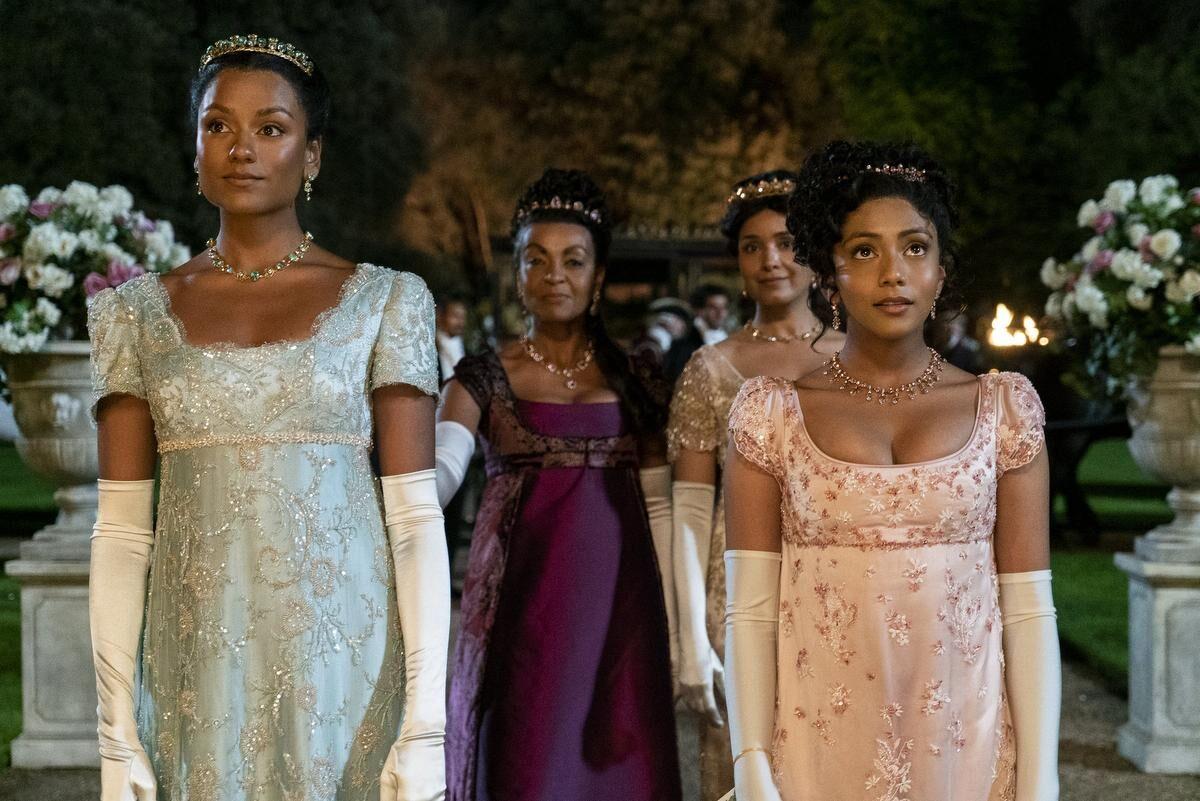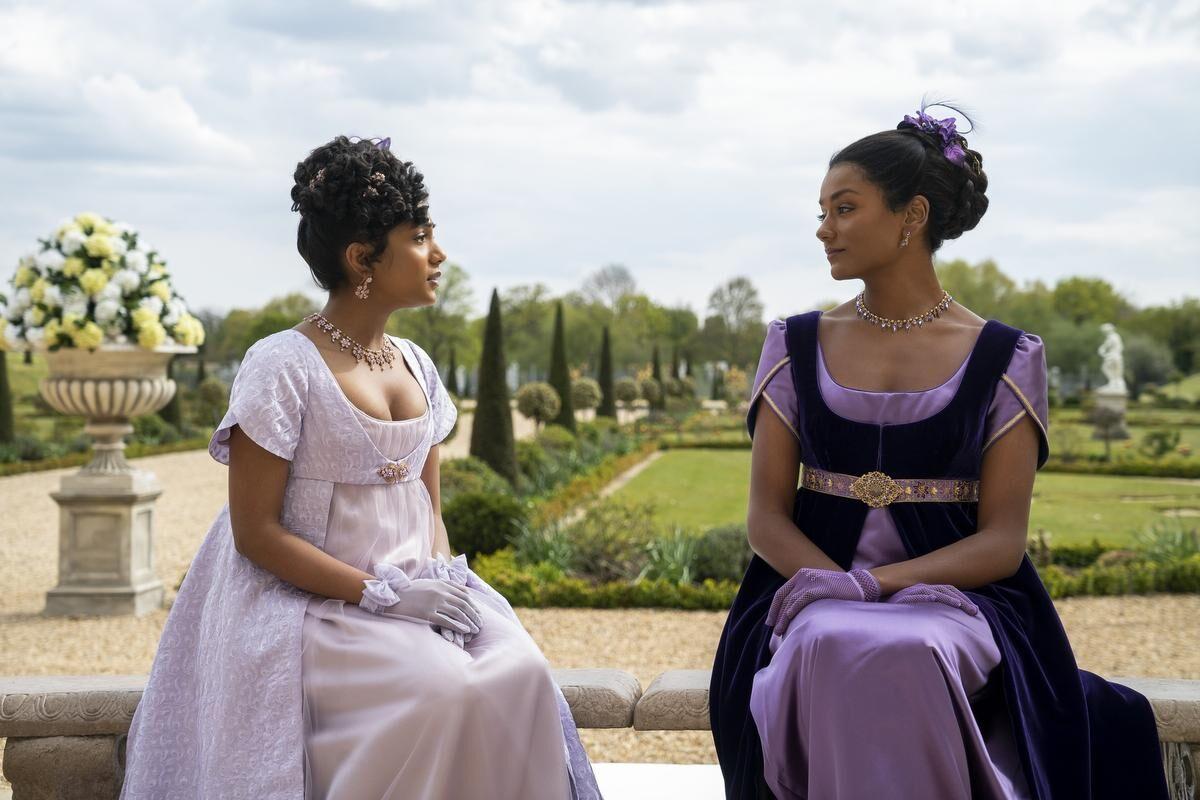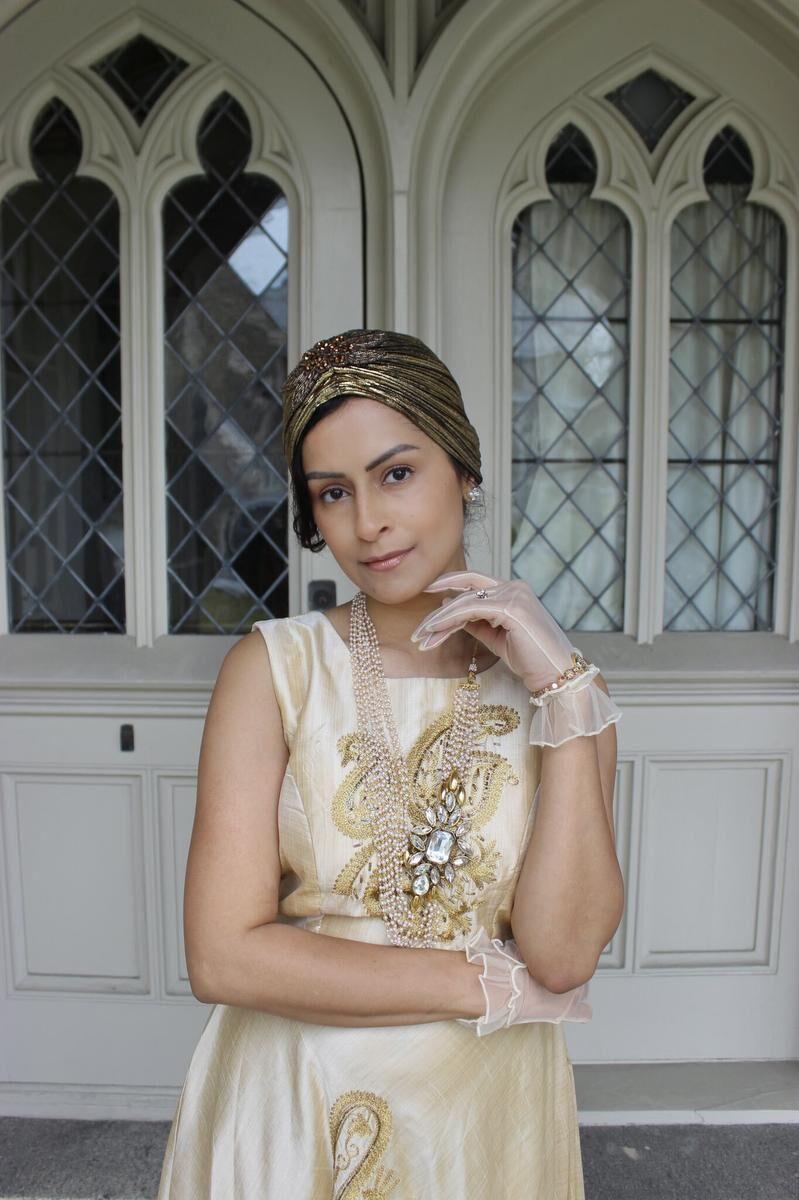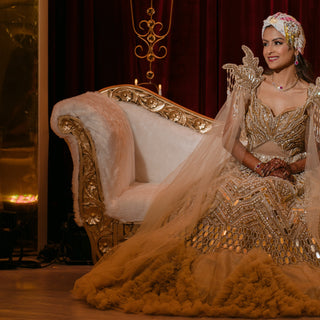
by Olivia Bowden, Toronto Star
After seeing two women of South Asian descent be cast as stars of the second season of “Bridgerton” — Scheherazade Khan said she’s still pinching herself. It doesn’t seem real.
“You don’t often see women of colour be love interests, or be desired, especially not darker skin women of colour,” said Khan. “The fact that we’re going to see this love story play out in a popular show with so much anticipation and excitement, is something I don’t think I expected to see.”
“Bridgerton” is a period drama set during the Regency era in Britain, and is based on a romance book series that follows the eight wealthy Bridgerton siblings through courtships and marriages.
Season two, which hit Netflix Friday, is centred on Viscount Anthony, the eldest of the eight, in his search for a wife. He eventually lands on picking Edwina Sharma (Charithra Chandran), but is also taken by her elder sister, Kate Sharma (Simone Ashley) — creating a love triangle.
Khan, a historian who lives in Ottawa, said that she’s excited for the conversations that can arise from “Bridgerton,” about the history of South Asian people living Britain, along with other issues around race and colonialism.
She is one of many women who spoke to the Star about “Bridgerton” and their joy in seeing nods to their culture on a major platform.

Hearing the women refer to each other as “Didi,” which means “sister” in Hindi, is one of many “Easter eggs” in the show for South Asian communities to feel connected to the characters, said Ishani Nath, the incoming culture editor at the Juggernaut, a U.S.-based publication that covers South Asian people and the diaspora.
Nath said the phrasing, costumes, and language makes the representation more meaningful and in-depth. She also applauded the casting choices, as the show depicts darker skinned women as intelligent and beautiful.
However, Nath pointed out, as Britain was at the helm of colonial power that has had continued ramifications on populations today, those aspects should be addressed more on the show, said Nath.
For instance, there’s a scene where racialized characters are standing in a room surrounded by royal jewels. “There’s so much history there about how those jewels were mined and stolen from various commonwealth countries, and to not acknowledge that ... is such a missed opportunity,” she said.
Nath added that these kinds of elements around understanding race were also not addressed in season one in regards to an interracial relationship between two characters played by Regé-Jean Page, who is a Black man, and Phoebe Dynevor, who is a white woman.
Criticism of the show has also extended beyond how it missed opportunities to get into nuances of race and colonialism to a scene critics said depicted rape.
But despite the issues with both seasons, there is still a lot to celebrate in terms of representation for South Asian people.
Season two of “Bridgerton” also boasts a classical rendition of the titular song from the popular, and iconic, Bollywood movie “Kabhi Khushi Kabhie Gham.”
The song’s inclusion speaks to the power of Bollywood and the diaspora community, said Nath. “It’s like a siren song, it’s so meaningful to so many people.”
Roohi Sahajpal, the co-founder of the Didihood, a collective of South Asian women in creative industries, said that although she hasn’t seen this season yet, she’s hoping the casting indicates that brown women are being portrayed more as multi-faceted, in all kinds of roles.
“It’s refreshing to see different aspects of us on screen,” she said. But, like Nath, she also questions whether diaspora communities should be applauding this type of representation on a British period drama, and said it’s important to take a close look at the season in terms of how colonialism is addressed.

Still, the buzz around the casting is palpable. The show’s diversity inspired Sonya Keshwani to create her own photo shoot of herself in “Bridgerton”-inspired clothing.
Keshwani, an instructor at Columbia University and creator of the StyleEsteem Shop that produces fashionable head wraps for cancer survivors, used one of her wraps in the shoot. She’s also a breast cancer survivor.
“I just wanted to create a concept photo shoot where I combined one of my favourite desi outfits ... and combine it all into a very unique and special outfit,” she said. “I wanted to put my own twist on it. If I was in “Bridgerton,” this is what I would look like.”
And hearing “Kabhi Khushi Kabhie Gham” is icing on the cake for Keshwani.
“Who is not struck straight to the heart when you hear that melody come on?” she said. “It’s an important piece of our culture ... and being tied together by one song and seeing it take on a new vibe is just very special.”


